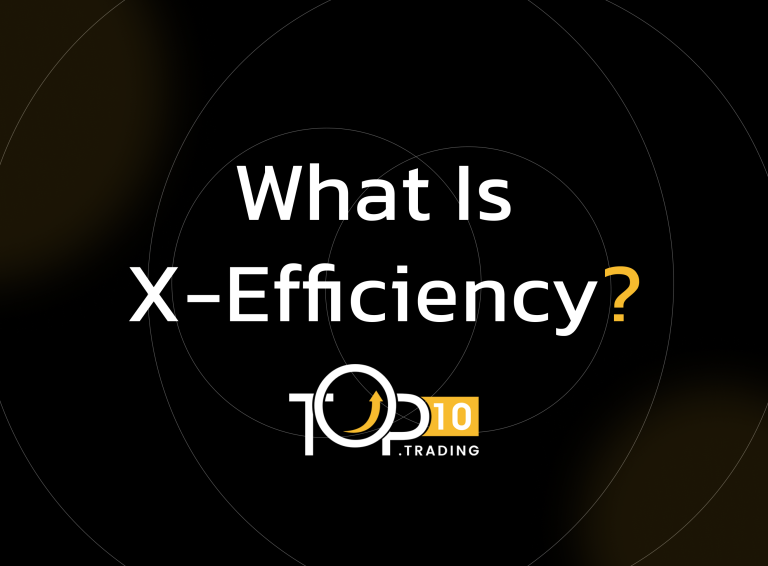X-Efficiency Definition

X-efficiency refers to the degree of efficiency with which a firm utilizes its resources to produce goods or services under conditions of imperfect competition. Unlike technical efficiency, which focuses on maximizing output from given inputs, X-efficiency examines how well a firm minimizes waste and optimizes resource allocation in real-world scenarios where market imperfections exist. The concept was introduced by economist Harvey Leibenstein in 1966.
Key Takeaways
- X-efficiency measures how effectively a firm uses its resources under imperfect competition.
- It highlights inefficiencies caused by factors like poor management or lack of competition.
- Firms with high X-efficiency minimize waste, reduce costs, and improve profitability.
- The concept is crucial for understanding market dynamics and improving organizational performance.
- While insightful, the theory faces criticism for its empirical limitations.
How X-Efficiency Works
- In perfectly competitive markets, firms are pressured to operate at maximum efficiency to survive. However, in imperfect markets (e.g., monopolies or oligopolies), firms may tolerate inefficiencies because they face less competitive pressure.
- X-efficiency highlights the gap between a firm's actual performance and its potential optimal efficiency.
- Factors such as poor management, lack of worker motivation, outdated technology, or organizational inefficiencies can lead to X-inefficiency, where firms operate below their potential.
Example of X-Efficiency
- Consider two companies, Company A and Company B, producing identical products:
- Company A: Implements advanced technology, streamlined processes, and well-trained employees, producing at lower costs with minimal waste. It is highly X-efficient.
- Company B: Uses outdated equipment and inefficient workflows, requiring more labor and raw materials to produce the same output. It incurs higher costs and operates with significant X-inefficiency.
Why X-Efficiency Matters
- 1. Competitiveness: Firms with high X-efficiency can reduce costs, increase profitability, and offer competitive pricing.
- 2. Economic Growth: Efficient firms contribute to overall economic productivity by optimizing resource use.
- 3. Market Dynamics: In less competitive markets, understanding X-efficiency helps policymakers identify inefficiencies and promote reforms.
- 4. Organizational Performance: Companies can improve X-efficiency by enhancing management practices, adopting new technologies, and motivating employees.
Key Differences: X-Efficiency vs. Other Efficiencies
Type of Efficiency | Focus |
X-Efficiency | Internal optimization within firms under imperfect competition. |
Allocative Efficiency | Optimal allocation of resources across the economy to maximize welfare. |
Productive Efficiency | Producing maximum output from given inputs under ideal conditions. |
Criticisms of X-Efficiency
- Some economists argue that X-efficiency merely reflects workers' trade-offs between effort and leisure rather than inefficiencies.
- Empirical evidence supporting the theory is mixed, with variations across industries and regions.
- By addressing inefficiencies and improving X-efficiency, firms can enhance their competitiveness while contributing to broader economic growth and sustainability.
